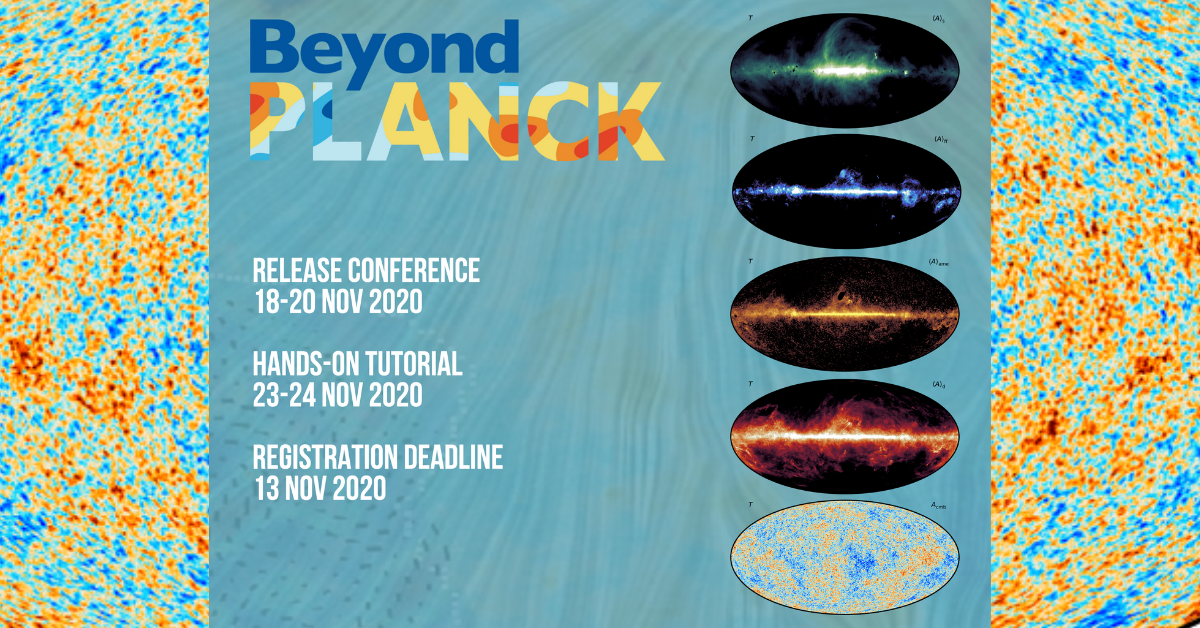
The detectors on instruments that observe the Cosmic Microwave Background (CMB), such as the Planck satellite, measure the temperature of the CMB, but the detectors themselves report the signal in volts. "Calibration" is the process of figuring out what it really means when a detector readout shows, for example, 50 volts - how much is that in kelvin?
– This is a complex problem, because in order to be able to calibrate the instrument, we ideally need to know the temperature of the object that we are trying to measure - in this case the CMB, says Eirik Gjerløw, postdoctoral fellow of Cosmology and extragalactic astronomy group at Institute of Theoretical Astrophysics (ITA).
– But that's what the instrument is there for in the first place! So how can we solve this chicken-and-egg problem?
Solving the conundrum
In the paper "BeyondPlanck VII. Bayesian estimation of gain and absolute calibration for CMB experiments", Eirik and collaborators show a novel way to tackle this problem. By treating the calibration and signal estimation as a combined problem, we are able to estimate the calibration factor and estimate the sky signal simultaneously. Because of the unique Bayesian framework utilised by the BeyondPlanck collaboration, we are also able to incorporate external data to assist in the calibration process.

This approach, when applied to raw data from the Planck Low Frequency Instrument (LFI), gives us the most internally consistent maps of the sky at LFI frequencies to date, and they are also closer to the maps produced by WMAP, the last full-sky CMB experiment, than ever before.

The BeyondPlanck - Release Conference
The results based on the scientific paper BeyondPlanck VII. Bayesian estimation of gain and absolute calibration for CMB experiments. will be presented at a free online conference on November 18-20 this year. Welcome to the release conference!
